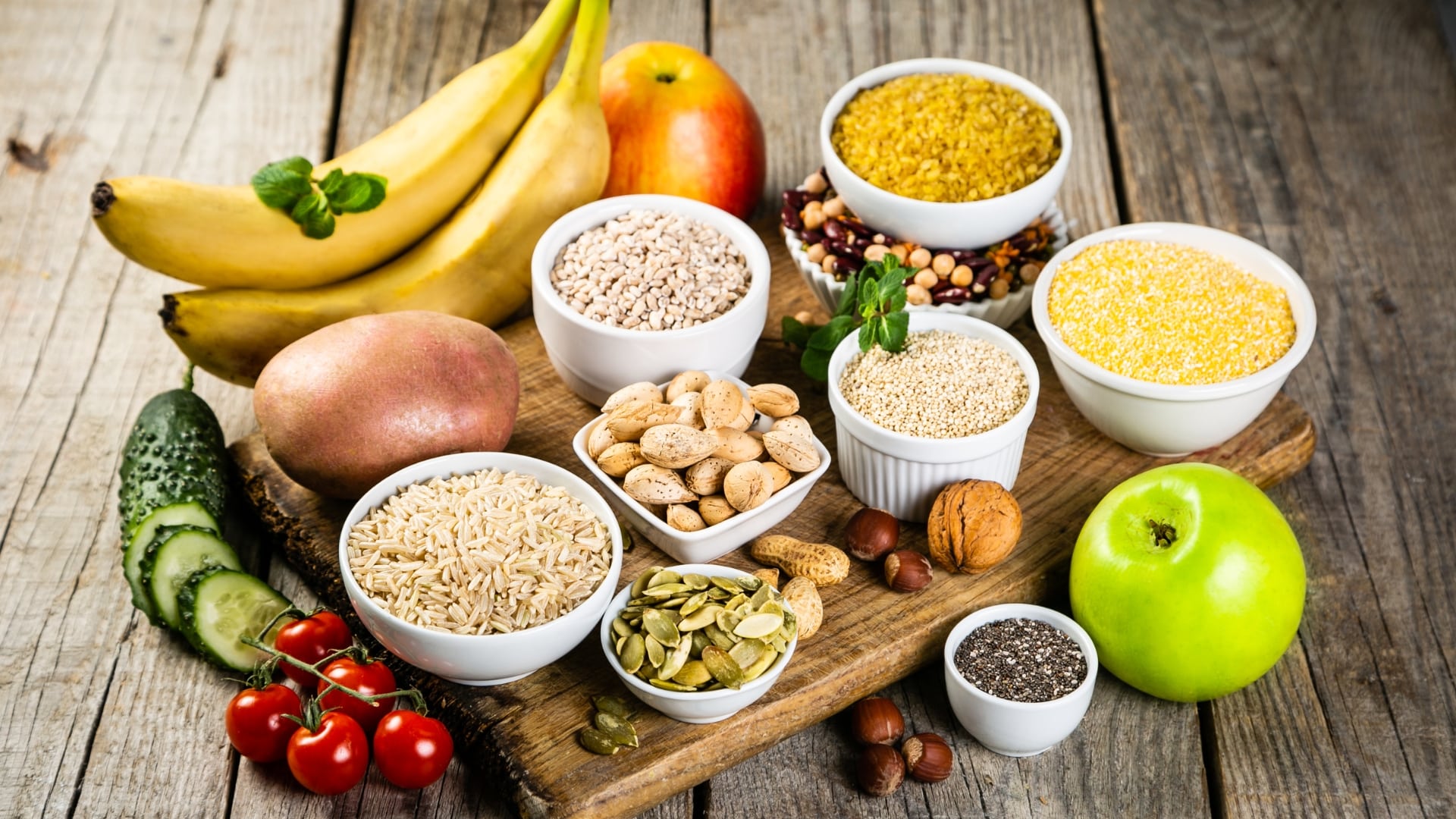Thinking about detoxifying your body with green juices?
The wellness industry, which has seen explosive growth over the last few decades, has been replete with products, regimens, and diets promising a myriad of health benefits.
One trend that has gained notable traction is the consumption of green juices as a means to detoxify the body.
But how much of this is based in scientific fact, and how much is marketing hyperbole?
Let’s delve deep into the world of green juices and discern the myth from reality.
Understanding Detoxification
To start, it’s essential to understand the term “detoxification”. In the context of human biology, detoxification refers to the body’s innate process of transforming and removing waste products and harmful substances. Organs like the liver, kidneys, and skin primarily oversee this task. When proponents of green juices or other detox regimens claim to ‘detoxify’ the body, they suggest enhancing or aiding this natural function.
The Green Juice Phenomenon
Green juices typically comprise various green vegetables like kale, spinach, celery, cucumber, and parsley, sometimes blended with fruits for sweetness. The primary belief behind their detoxifying properties is that they offer a rich blend of nutrients, enzymes, and antioxidants that can aid the body in flushing out toxins.
The Claims vs. The Science
1. High in Antioxidants:
Claim: Green juices contain an abundance of antioxidants that combat free radicals, thus protecting cells from damage and promoting detoxification.
Reality: True. Green vegetables and fruits are packed with vitamins and antioxidants. Regular consumption can indeed aid in neutralizing harmful free radicals.
2. Alkalizing Effects:
Claim: Green juices have alkalizing properties that balance the body’s pH and help in detoxification.
Reality: Partial Myth. While many vegetables are alkaline, the body maintains its pH through tightly regulated systems. Dietary intake plays a minor role, and the consumption of green juice alone won’t significantly alter blood pH.
3. Enhanced Liver Function:
Claim: Certain ingredients in green juices can bolster liver function, aiding in the detox process.
Reality: True to an extent. Vegetables like beets and carrots have compounds that might support liver function. However, thinking of green juices as a ‘liver cleanse’ might be an oversimplification.
4. Replacing Meals Promotes Detox:
Claim: Substituting meals with green juices gives the digestive system a break and promotes detox.
Reality: Myth. While periodic fasting or calorie reduction can have health benefits, merely replacing solid meals with juice doesn’t ‘detox’ the body. The human digestive system is designed for solid foods, and it doesn’t require ‘rest’ to function efficiently.
5. Immediate Removal of Toxins:
Claim: Drinking green juices leads to an immediate flushing out of toxins from the body.
Reality: Myth. While staying hydrated supports kidney function, the mere act of consuming juice doesn’t cause an immediate release of toxins. Detoxification is a continuous, complex process, not an on-demand event.
Other Considerations
It’s also worth noting potential downsides:
- Sugar Content: Some green juices, especially those with added fruits, can be high in sugars. Excessive sugar intake can offset any potential benefits.
- Fiber Loss: Juicing removes much of the fiber from fruits and vegetables. Fiber aids digestion, regulates blood sugar, and supports overall gut health.
Wrapping Up
Green juices, when consumed as part of a balanced diet, can offer a bounty of nutrients.
However, touting them as a magic detox elixir is an oversell.
The human body is a marvel of efficiency when it comes to detoxifying, and while certain foods can support this process, no single beverage or food can overhaul it.
A holistic approach to health and wellness – comprising a balanced diet, regular exercise, adequate hydration, and sleep – is always more effective than seeking silver bullets.
As with many health trends, it’s vital to approach the green juice phenomenon with an informed perspective, acknowledging both its merits and limitations.





